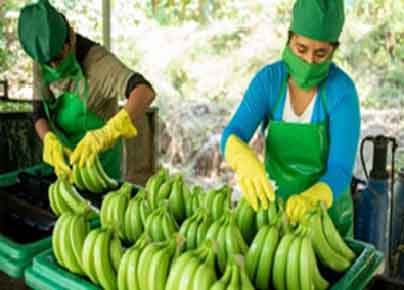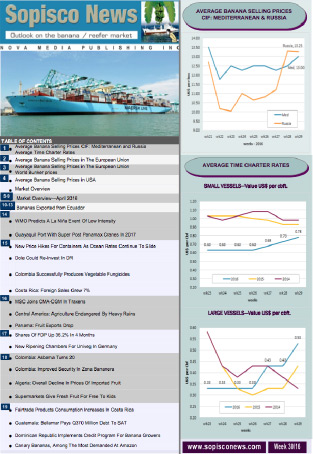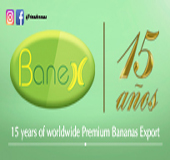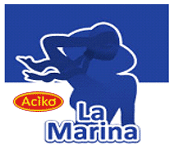Peruvian Banana Exports Threatened by Competition and Tariff Threats
2025-05-02

Bananas hold a mid-level position in Peru's agricultural exports. Despite consistent global demand, several challenges have hindered their growth in international markets. In the first quarter of 2025, Peru exported approximately 39,689 tons of bananas valued at $34 million, marking a 12% decrease in volume and a 9% decline in value compared to the previous period. However, the average price per kilogram increased to $0.87, a rise of 3%, which helped mitigate the impact of the reduced shipments.
While 2024 experienced a modest recovery with an 8% increase in volume and a 14% growth in value, early 2025 saw renewed declines. One significant factor is water scarcity in Piura, particularly in the Chira Valley, which has limited cultivation and continues to influence production.
The sector's structure also exacerbates its challenges. Small-scale producers in northern Peru often struggle with coordination and lack bargaining power, making them vulnerable to rising production and logistics costs. Furthermore, global competition, especially from Ecuador, has intensified, and low international demand remains a concern.
The banana-producing regions of Piura (87%) and Lambayeque (8%) face ongoing water shortages, complicating matters further. A new threat is the US plan to impose a 10% tariff on Peruvian bananas, which poses a significant risk to the country's second-largest export market. Although the tariff has been paused for 90 days, its potential implementation could lead to lower export volumes and profits, affecting other exporters like Ecuador, Colombia, and Brazil. A decline of 2% to 7% is anticipated by year-end if the tariff is enforced.
Europe remains the top destination for Peruvian bananas, with 23,392 tons shipped last quarter, valued at $19 million. This represents a 16% decrease in volume and a 15% decline in value. Ecuador dominates this market, alongside Costa Rica and Panama. Prices are expected to remain stable due to Ecuador's strong presence.
In the US market, exports reached 8,137 tons worth $8 million, reflecting a moderate 5% drop in volume but a 2% increase in value, aided by Ecuador's shift in focus towards Europe. Nevertheless, the looming tariff threat creates uncertainty regarding future performance.









